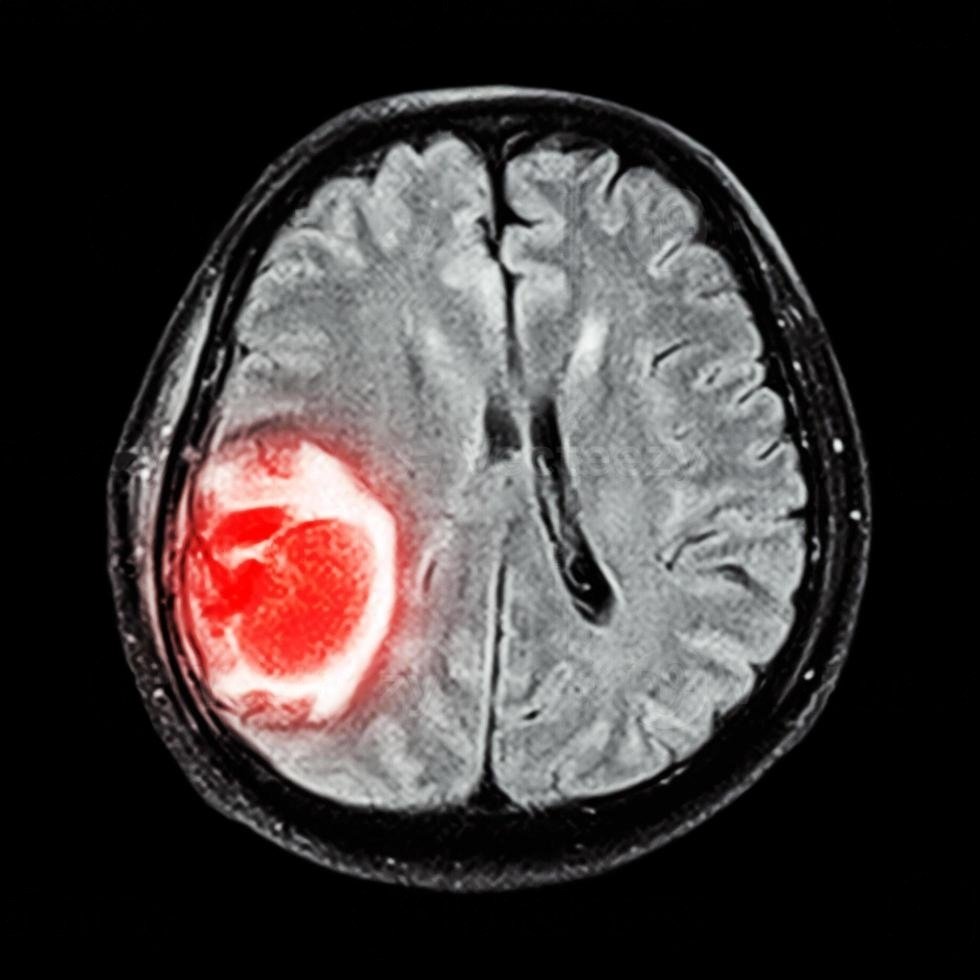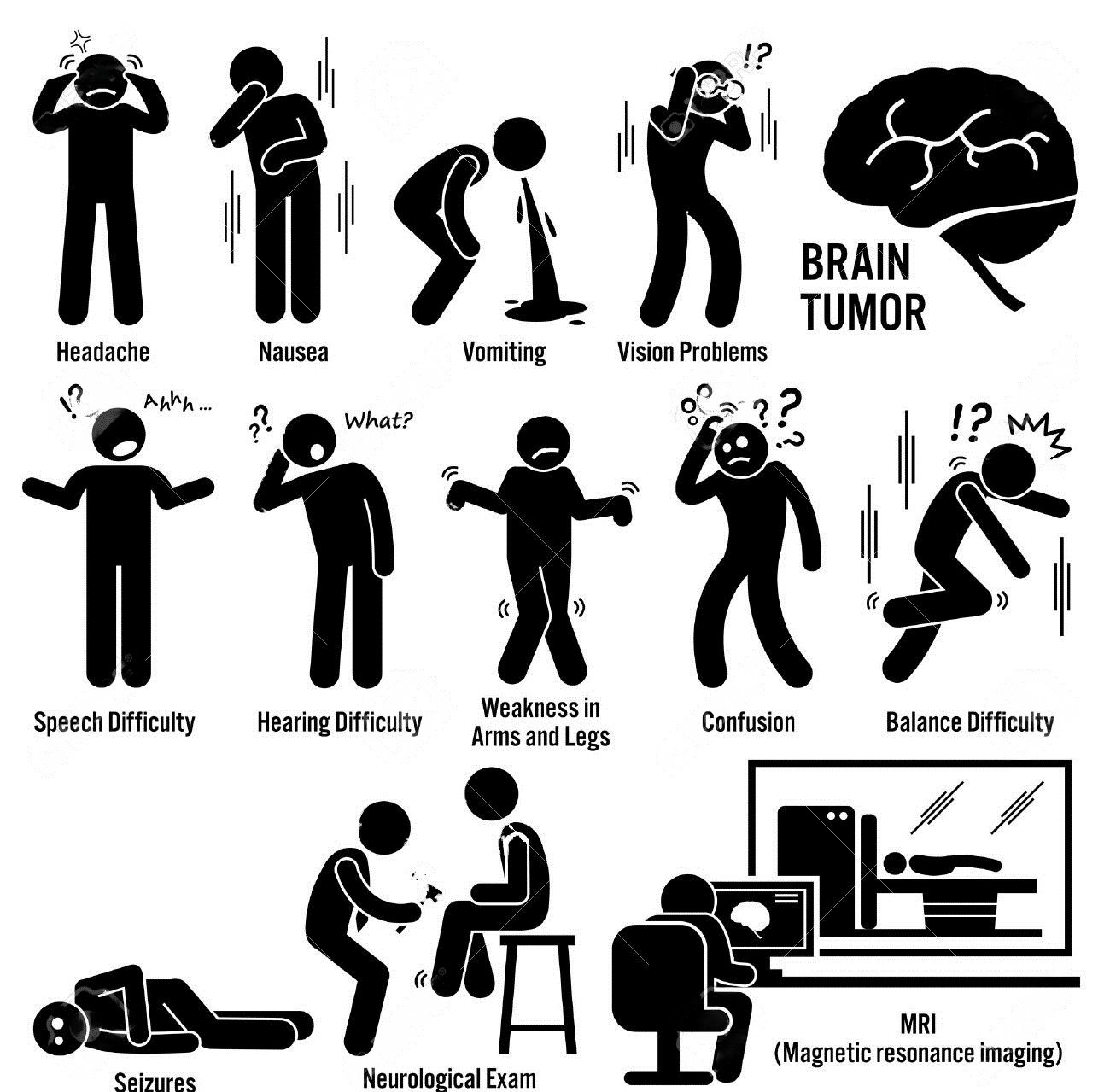
Introduction to Brain Health 101
The brain controls the body by sending electrical messages along nerve fibers. The fibers run out of the brain and join together to make the spinal cord. Together, the brain and spinal cord form the central nervous system. The brain is made of billions of nerve cells called neurons. It also contains supporting cells called glial cells.

It is surrounded by 3 thin covering sheets called the meninges. The brain and spinal cord are bathed in a fluid called cerebrospinal fluid. The largest part of the brain is called the forebrain. It is divided into left and right sides called hemispheres. The hemispheres are divided into areas called lobes. Each lobe controls different parts and systems of the body. There are two smaller parts of the brain called the hindbrain and the brain stem.
The hindbrain, also called the cerebellum, controls balance and coordination. The brain stem controls automatic body functions – the ones that happen without us thinking about them. In the middle of the brain is the pituitary gland. This is small but very important. It makes hormones that control many different body functions.
Brain tumors cause different symptoms depending on the part of the brain they are growing in. In adults, most brain tumors are ones that have spread from an original cancer elsewhere in the body. These are called secondary tumors.
Understanding the Risks and Causes of Brain Conditions
Brain tumors are relatively rare. In most cases, we do not know what causes a brain tumor. But there are a few risk factors we do know about.
- Age – People can get brain tumors at any age. Like most cancers, they are more common the older you get. But some specific types are more common in younger people.
- Other risk factors – Up to 5 of every 100 brain tumors (5%) are related to genetic conditions. If you have a parent, brother or sister diagnosed with a tumour of the nervous system, your risk is about double that of other people. People with a weakened immune system are also at slightly increased risk. In the environment, the only definite risk we know about is exposure to radiation. Some types of brain tumor are more common in people who have had radiotherapy to the head in the past. Researchers have investigated many other possible risk factors, but none of these have been proven.
Recognizing Symptoms Related to Brain Health
The most common symptoms of a brain tumor are headaches and fits. But do remember that there are much more common reasons for both these symptoms. A fit can just be jerking or twitching of a hand, arm or leg. Or it may affect the whole body. A growing tumour causes pressure inside the skull. You may hear this called raised intracranial pressure.
This causes headache, sickness and drowsiness. It can also cause fits and problems with your eyes. A brain tumor presses on the brain tissue around it. So it will affect the part of the body, or the body process, that is controlled by that part of the brain. This means that brain tumors can cause a very wide range of symptoms.
Physical symptoms can include weakness or numbness in a particular part of the body, or problems with one of your senses. Brain tumors can also cause personality changes and problems with thinking, speaking, remembering or concentrating.
Screening for Brain Tumors
Screening means testing people for early stages of a disease before they show any signs of having it.
The only test that can find a brain tumor is a brain scan – usually with either a CT scanner or MRI scanner. These are very expensive tests and CT scans give a dose of radiation.
Brain tumors are quite rare. So if screening was used, large numbers of people who were well would have brain scans that they did not need. So at the moment screening is not currently recommended or practical for brain tumors.
Primary and Secondary Brain Tumors
Cancer in the brain can start in the brain, or it can spread from another cancer somewhere else in the body. Cancers that start in the brain are called primary brain tumors. Cancers that have spread to the brain from somewhere else are called secondary brain tumors. Cancers of the lung, breast, kidney, stomach, bowel (colon), and melanoma skin cancer can all spread to the brain.
Understanding Cancer Spread to the Brain!
Cancer cells break away from the main tumour and travel through the bloodstream to lodge in the brain and begin to grow into new tumours.

Types of Primary Brain Tumors
There are nearly 100 different types of brain tumor. They are generally named after the type of cell they developed from. Most develop from the cells that support the nerve cells of the brain. They are called gliomas.
Classification of Tumors( Benign or Malignant )
Brain tumors are put into groups according to how fast they are likely to grow. The cells are examined under a microscope. The more abnormal they look, the more quickly the tumour is likely to grow and the higher the grade. As a rule of thumb, low grade tumours are regarded as benign and high grade as malignant.
By benign we generally mean that the tumour is relatively slow growing. It is less likely to come back after it is completely removed, and is less likely to spread. It may not need treating with chemotherapy or radiotherapy after surgery.
By malignant we generally mean that the tumour is relatively fast growing. It is likely to come back after surgery, even if completely removed. It may spread to other parts of the brain or spinal cord. It will need radiotherapy or chemotherapy to try and stop it coming back.
Should I see a brain tumor specialist?
It can be very difficult for general practitioners to decide who may have a suspected cancer and who has something more minor. Many people worry that a constant headache might mean they have a brain tumor. In fact, less than 1 in every 100 people suffering from headaches has a brain tumor. So it would not be right for doctors to refer everyone with a headache urgently to a specialist.
Guidelines for urgent referral
The symptoms which need urgent referral within 2 weeks are:
- Headaches that occur in the early morning or have started recently and are accompanied by other symptoms, such as vomiting, drowsiness, blackouts or changes in personality or memory
- New nervous system symptoms that are getting worse
- A recent fit or fits – either affecting the whole body, or just one part
- Changes in behaviour, mental abilities or personality that are worsening quite quickly
Recent Posts

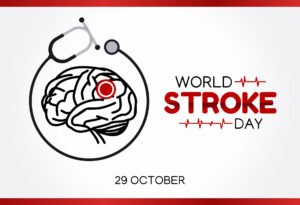
The Importance of Early Stroke Detection in World Stroke Day 2024

Pediatric Brain Injury: Prevention and Care During the ABC Years
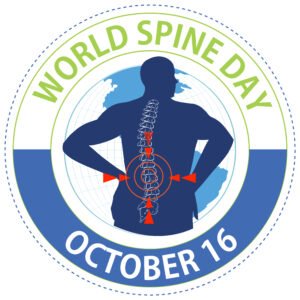
Love Your Spine,Live Your Life: A World Spine Day Detailed Guide to Painless Future!
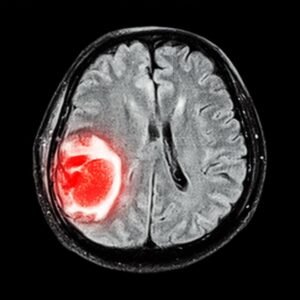
Brain Tumor Awareness: What People Must Know for Early Detection
Have Any Questions?
Please contact clinic number to know about doctor’s availability & Appointments
- +91-6369870503
- 0427-4517636
